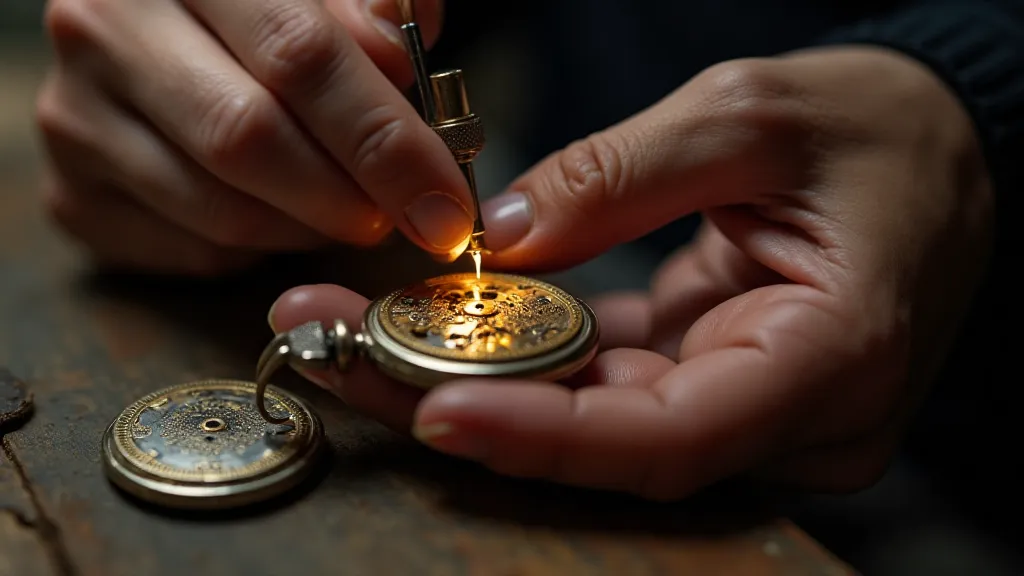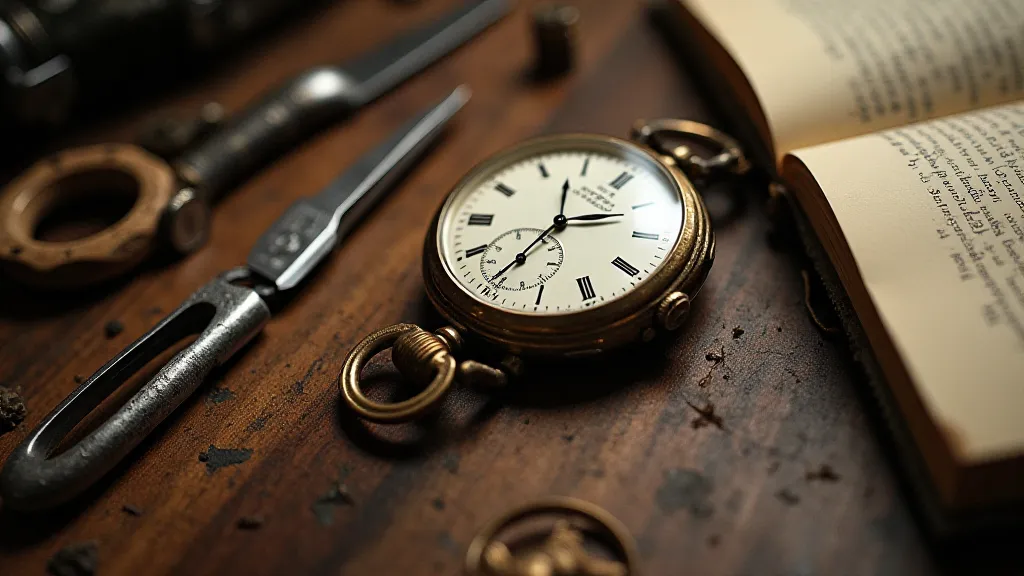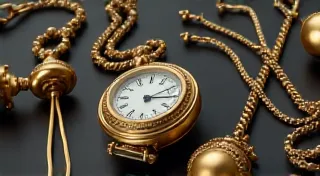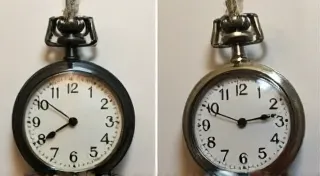Pocket Watch Repair: A Beginner's Guide
The allure of antique pocket watches extends beyond their beautiful aesthetics and historical significance. For many watch collecting enthusiasts, the desire to understand and even repair these intricate timepieces is a natural progression. While advanced repairs are best left to skilled professionals, a beginner can tackle some basic maintenance and minor repairs. This guide provides a gentle introduction to the world of pocket watch repair, focusing on techniques accessible to those with patience and a steady hand.
Understanding the Basics
Before you even consider touching a pocket watch with the intent to repair it, it's crucial to understand its components. Pocket watches are marvels of miniature engineering. Key parts include the mainspring, balance wheel, escapement, and train of gears. Each part plays a critical role in the watch's operation. A deep appreciation for these parts will help prevent accidental damage.

Essential Tools – Building Your Toolkit
While a full-blown watchmaker’s bench is a significant investment, a few essential tools can get you started:
- Screwdrivers: Fine, jeweled screwdrivers in various sizes are crucial. Avoid using standard screwdrivers, as they can easily strip the tiny screws.
- Tweezers: Good quality, pointed tweezers are a must for handling small parts.
- Loupe: A jeweler's loupe (typically 10x magnification or higher) is indispensable for inspecting the movement.
- Watch Oil: Specialized watch oil is used for lubrication; standard oils can damage the delicate components.
- Cleaning Solution: A gentle cleaning solution formulated for watch movements.
- Work Mat: A clean, cushioned mat to protect the watch and provide a stable work surface.
Simple Maintenance Tasks You Can Try
These tasks are generally safe for beginners, but always proceed with caution and research each step thoroughly.
1. Cleaning the Case
A dirty case can obscure the beauty of the pocket watch. Gentle cleaning with a soft cloth and mild soap can often remove surface grime. Avoid abrasive cleaners.
2. Regulating the Balance
The balance wheel controls the timekeeping accuracy. Many pocket watches have a regulator lever that allows you to slightly adjust the speed of the balance wheel. Small adjustments can often improve the watch’s accuracy. This is a more advanced task and should be done carefully, researching the specific watch model beforehand.
3. Lubricating Key Points
Over time, the oil in a pocket watch dries out, leading to friction and potential damage. While a complete overhaul requires specialized knowledge, a beginner can carefully add a *very* small amount of watch oil to a few key pivot points. Again, less is more – too much oil can be just as harmful as too little.

Common Pitfalls to Avoid
- Forcing anything: Pocket watch screws and parts are delicate. If something doesn’t move freely, don’t force it – investigate the cause.
- Using the wrong tools: Standard screwdrivers and pliers will damage the movement.
- Over-oiling: Remember – a tiny drop goes a long way.
- Attempting complex repairs: If you’re unsure, leave it to a professional.
Resources for Further Learning
This guide provides a basic introduction. Numerous resources are available for those wanting to deepen their understanding of pocket watch repair:
- Online Forums: Watch repair forums offer a wealth of information and advice from experienced collectors and repairers.
- Books: Several excellent books cover the fundamentals of watch repair.
- YouTube Tutorials: Many helpful videos demonstrate various repair techniques.

Pocket watch repair can be a rewarding hobby, providing a deeper appreciation for these historical timepieces. Start with the basics, proceed with caution, and enjoy the journey!





